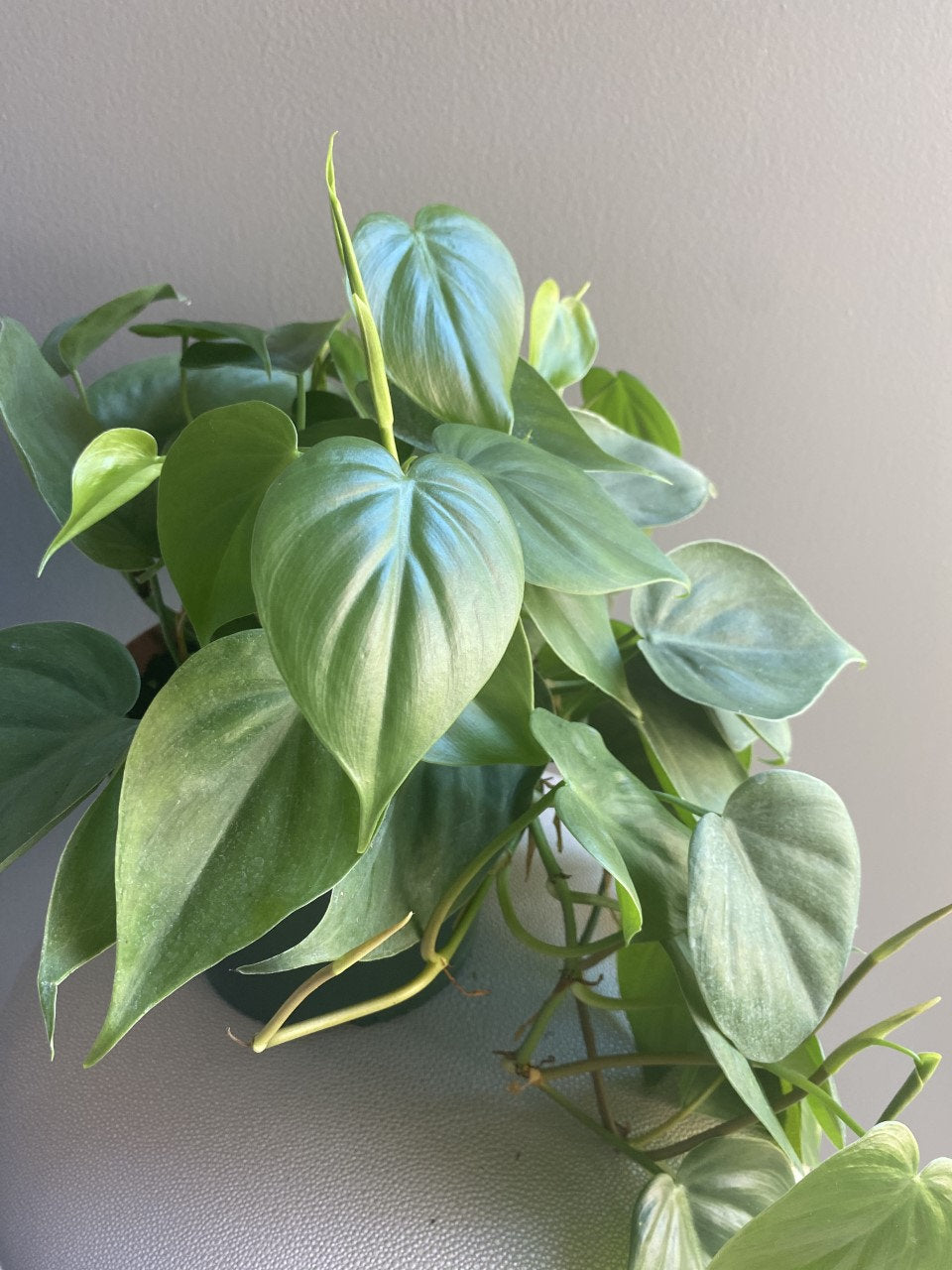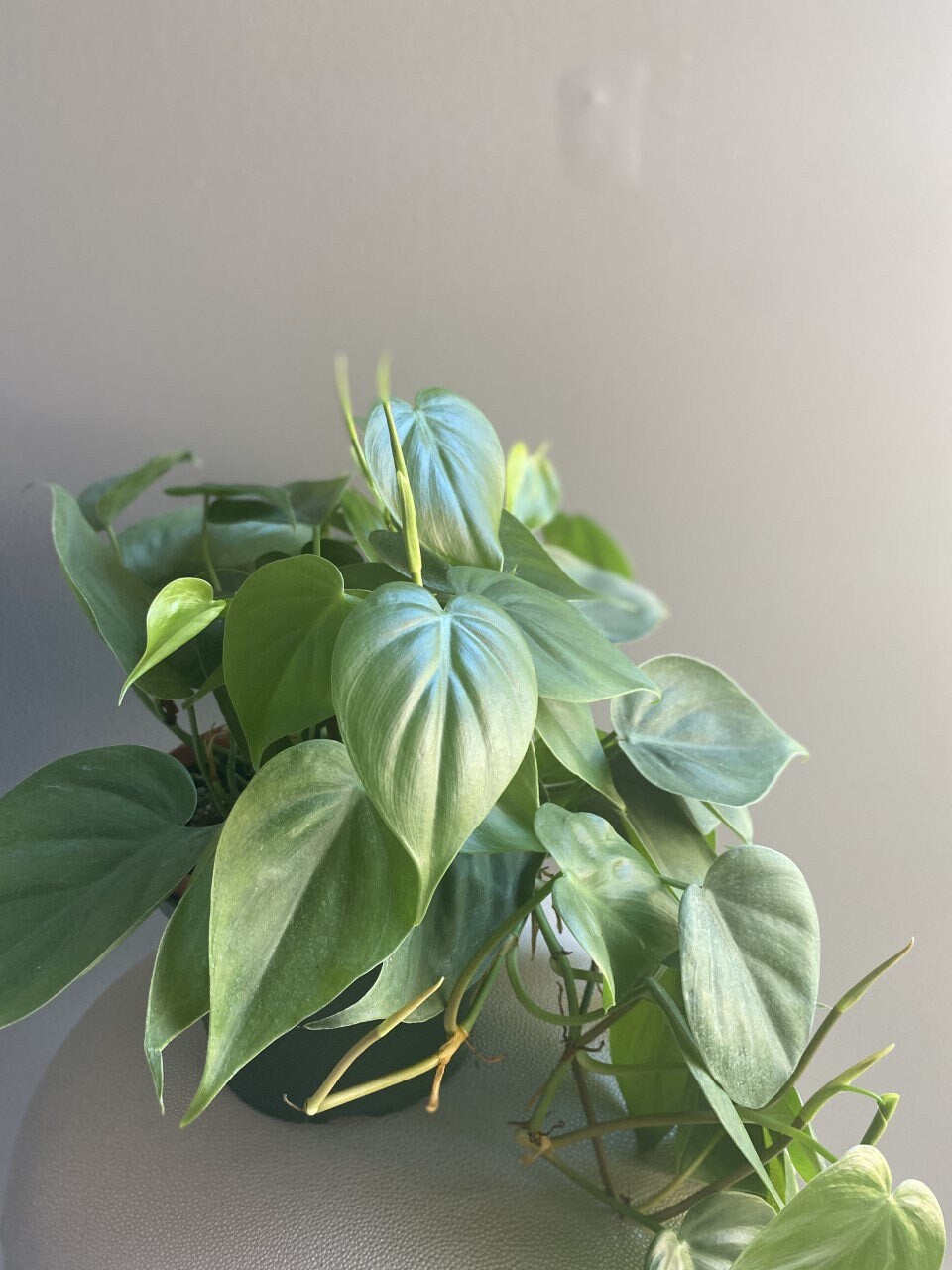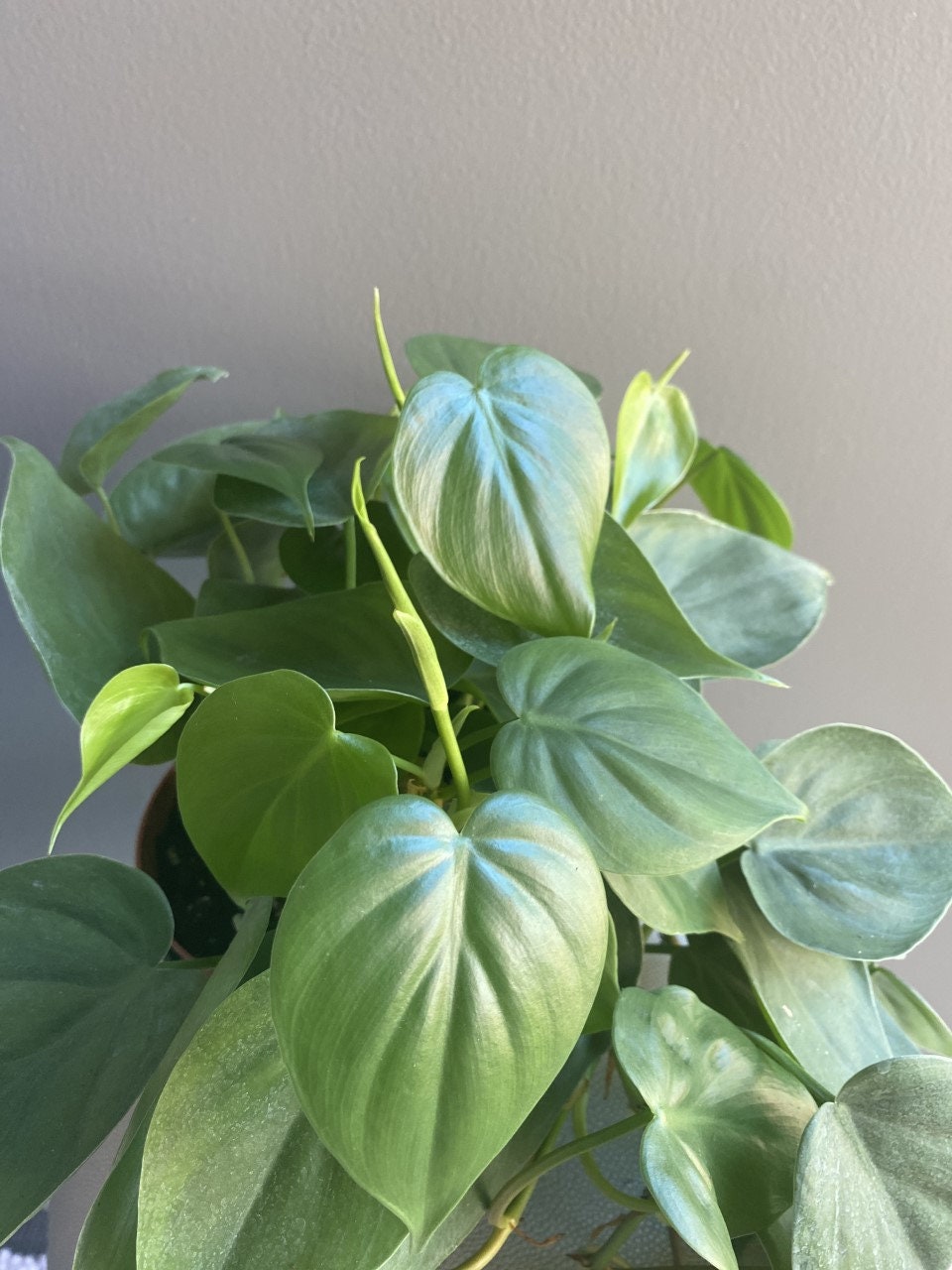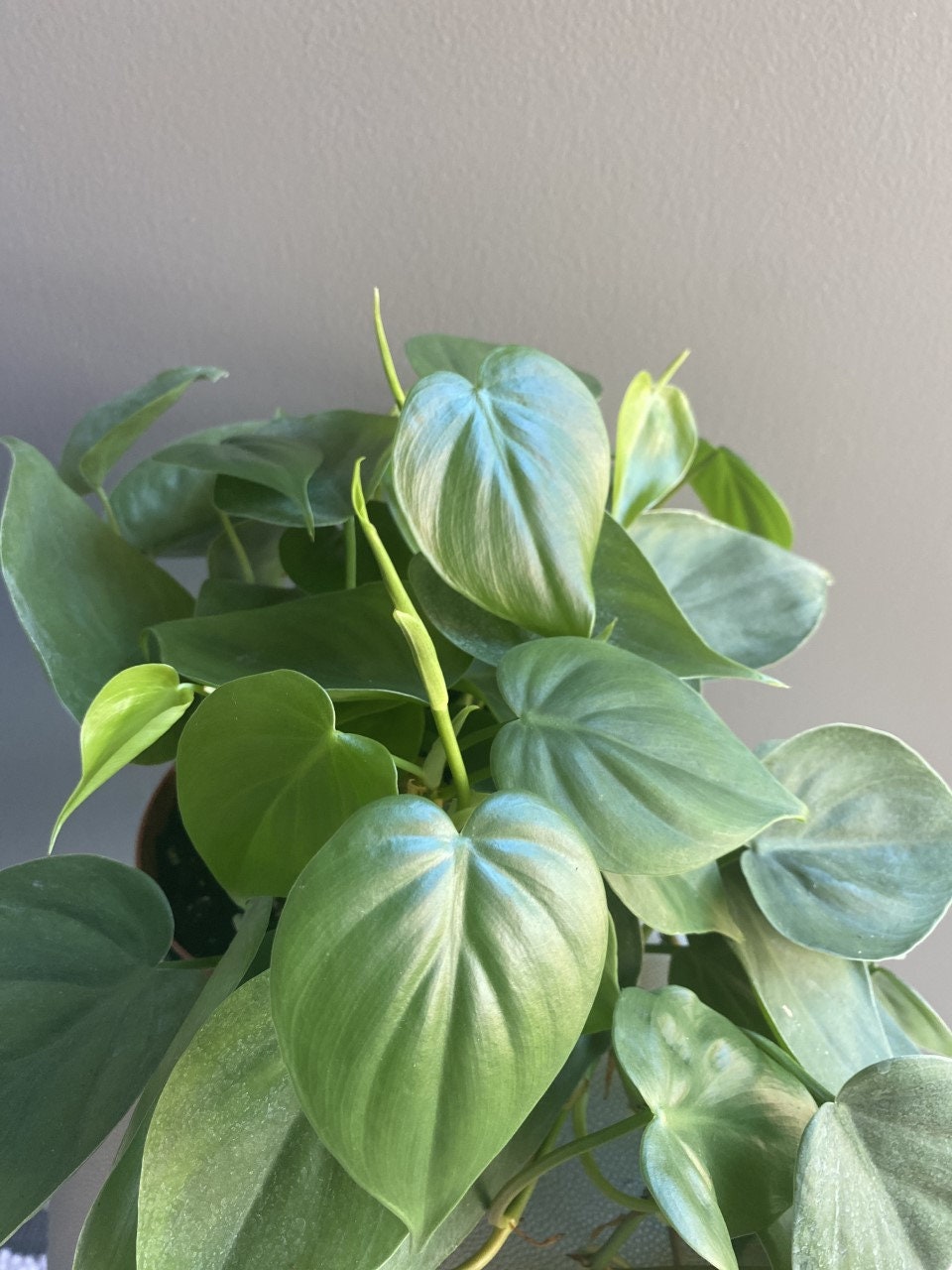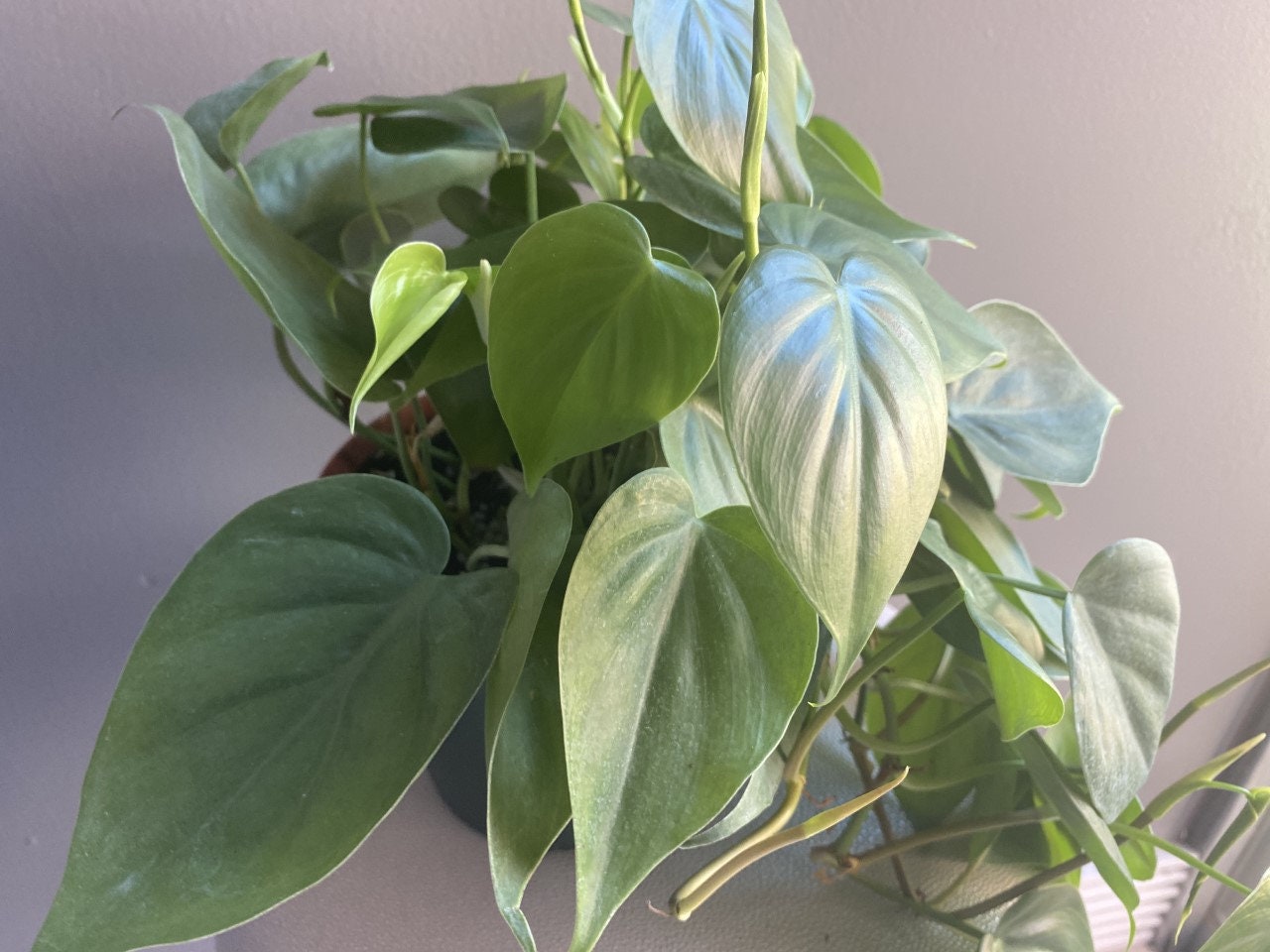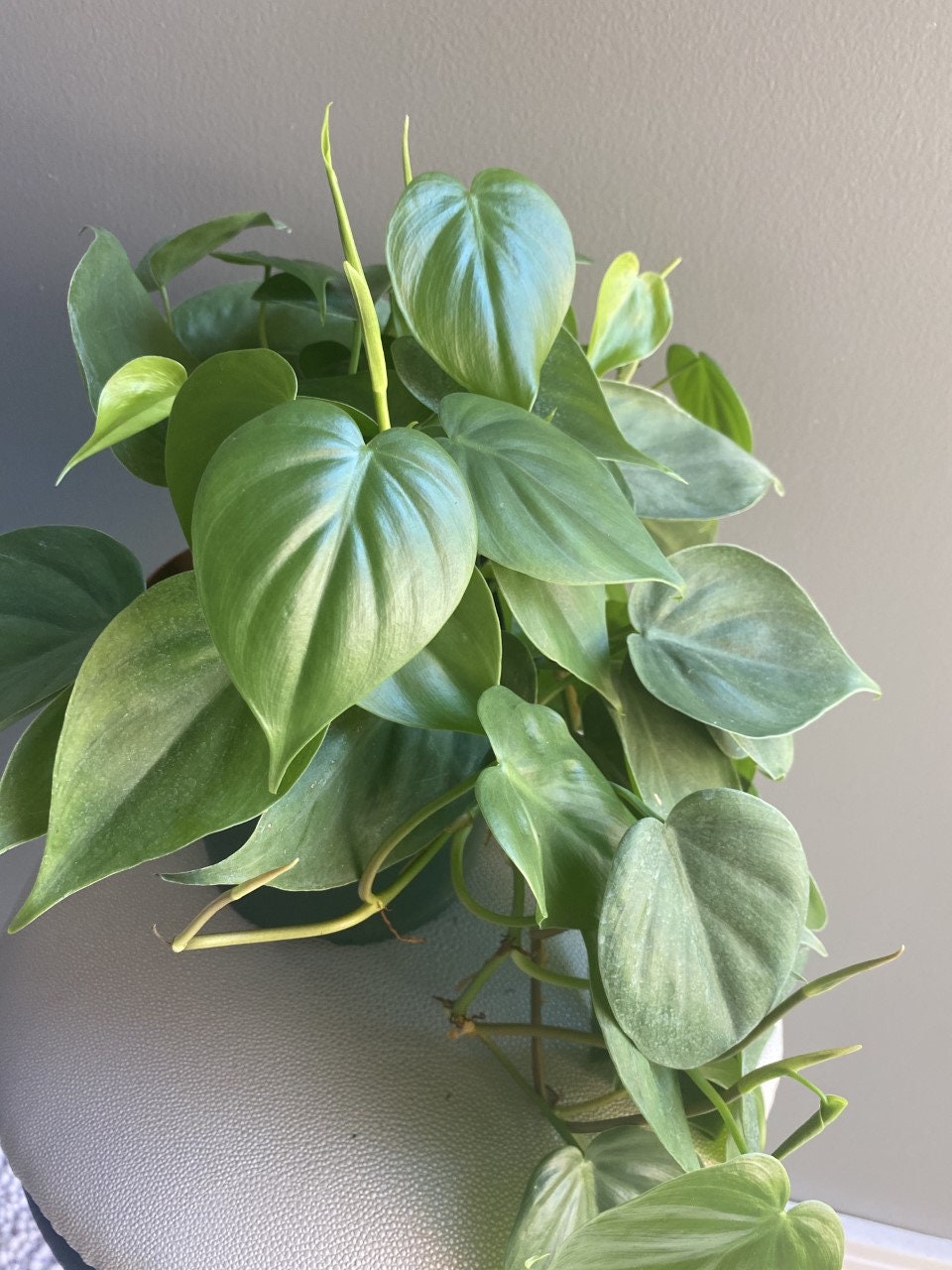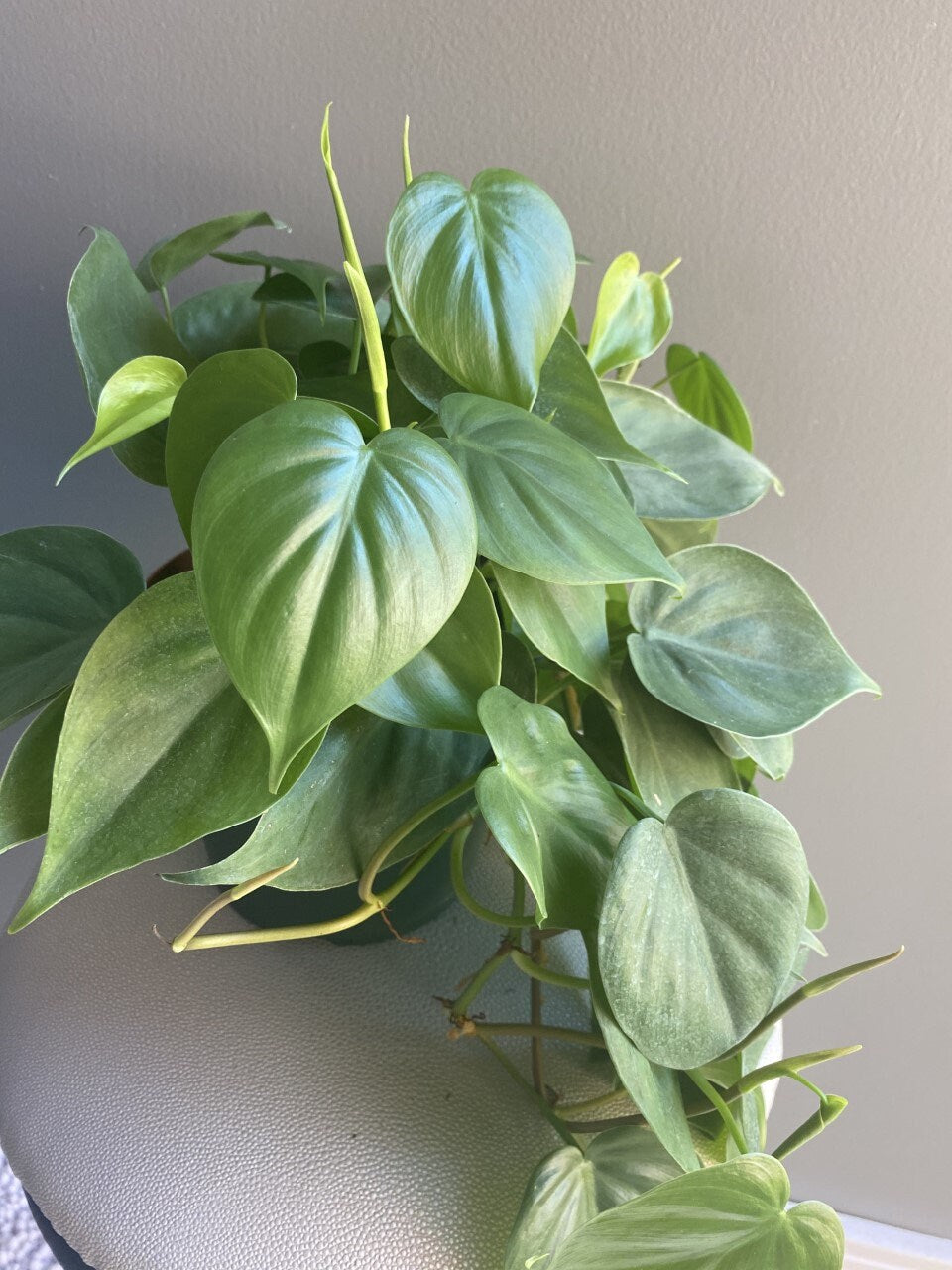Philodendron cordatum “heartleaf”- live house plant- indoor plant, trailing and vining plant
Philodendron cordatum “heartleaf”- live house plant- indoor plant, trailing and vining plant
Couldn't load pickup availability
You will receive 1 philodendron Cordatum similar to the pictures in 6" pot
Philodendron cordatum, commonly known as the heartleaf philodendron, is a popular, easy-to-care-for houseplant native to Central and South America. Known for its attractive, glossy, heart-shaped leaves, this vining plant is ideal for indoor spaces, making it a favorite among both beginner and experienced plant owners. It can be grown as a trailing or climbing plant, and is valued for its air-purifying qualities. Its low-maintenance care requirements make it a perfect choice for a variety of indoor environments.
Care Guide for Philodendron Cordatum
-
Light
- Prefers bright, indirect light. Avoid direct sunlight, which can scorch the leaves. It is tolerant of lower light but may grow slower with smaller or less vibrant leaves.
-
Watering
- Moderate watering is recommended. Water when the top 1-2 inches of soil are dry. Ensure the plant doesn’t sit in water to avoid root rot. The heartleaf philodendron is fairly drought-tolerant and can handle slight underwatering better than overwatering.
-
Soil
- Use a well-draining, loamy potting mix with perlite or orchid bark to improve drainage. The soil should be slightly acidic to neutral (pH 6.1–7.0).
-
Temperature
- Thrives in warm temperatures between 65°F and 80°F (18°C–27°C). Keep it away from cold drafts and avoid temperatures below 50°F (10°C) to prevent stress.
-
Humidity
- Prefers moderate to high humidity but is adaptable to average indoor humidity. Increase humidity in dry conditions using a humidifier, misting, or placing the plant on a humidity tray.
-
Fertilizing
- Feed with a balanced, water-soluble fertilizer once a month during the growing season (spring through summer), diluted to half strength. Reduce fertilizing in fall and winter when the plant’s growth slows.
-
Pruning
- Light pruning helps keep the plant neat and encourages bushier growth. Remove yellowing or dead leaves and trim back leggy vines for fuller foliage.
-
Support (Optional)
- Can be grown as a trailing plant or trained to climb a moss pole or trellis. Providing support will encourage vertical growth and larger leaves, while trailing will create a cascading effect.
-
Repotting
- Repot every 1-2 years or when the plant becomes root-bound. Choose a pot 1–2 inches larger than the current one. If growth slows or roots appear at the drainage holes, it’s time to repot.
-
Pests and Diseases
- Common pests include mealybugs, spider mites, and aphids. Treat infestations with insecticidal soap or neem oil. Overwatering and poor drainage can lead to root rot and fungal issues, so ensure proper drainage and avoid overwatering.
-
Signs of Stress
- Yellowing leaves may indicate overwatering, poor drainage, or insufficient light. Brown leaf tips could suggest underwatering, low humidity, or over-fertilization. Leggy growth may mean the plant needs more light.
Conclusion
Philodendron cordatum is a forgiving, low-maintenance plant that thrives in a variety of indoor environments. Whether grown as a trailing vine or trained to climb, its heart-shaped foliage adds beauty and style to any space. By following the care guidelines, you’ll ensure this plant thrives and continues to purify the air in your home.
Share
